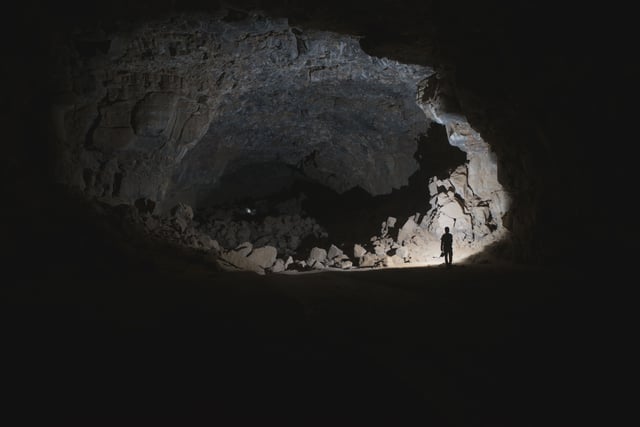Overview
- Archaeologists discovered evidence of human and animal occupation in the Umm Jirsan lava tube, dating back up to 10,000 years.
- The site served as a temporary shelter rather than a permanent residence, supporting pastoral activities and trade.
- Findings include human and animal bones, stone tools, and rock art depicting livestock and humans.
- The cool interior of the lava tube offered a respite from the harsh desert conditions above.
- The research highlights the strategic importance of the lava tube in ancient Arabian cultural and trade networks.


